There's something truly special about the way monstera grows in the wild it finds its way up

Giant Monstera living outdoors 📷 by smotra9 olivrahomedecormonsteramonsteradeliciosa
Cousin of the monstera deliciosa, the Monstera adansonii is a unique, easy-to-care-for vine houseplant.. In the wild, you can find Monstera adansonii species along the bark of jungle trees..

Monstera in the wild Unusual plants, Tropical landscape design, Planting flowers
Monstera deliciosa, the Swiss cheese plant [2] or split-leaf philodendron [3] is a species of flowering plant native to tropical forests of southern Mexico, south to Panama. [4] It has been introduced to many tropical areas, and has become a mildly invasive species in Hawaii, Seychelles, Ascension Island and the Society Islands.

Monstera Deliciosa Propagation How To Propagate A Swiss Cheese Plant
The acuminata (Monstera acuminata) is a smaller variety that's typically found climbing up other plants in the wild. While it looks similar to the adansonii with small, pointed leaves, what sets it apart is that young plants have heart-shaped, thick, waxy leaves that don't have holes until they've matured for several years.

7 Monstera in the Wild Including Monstera Deliciosa (with Pictures) Homes Pursuit
1. Monstera Deliciosa (Split-Leaf Philodendron): The Monstera Deliciosa is the quintessential Swiss Cheese Plant, featuring large, perforated leaves that resemble intricate works of art. In the wild, it thrives in the tropical rainforests of Central America, clinging to the trunks of trees for support.

How The Variegated Monstera Became An Instagram Obsession — Plant Care Tips and More · La
Gardening 7 Monstera Plants in the Wild "Monstera", is a popular genus that has over 45 plant species under it, which are hemi epiphytes (plants with two growth phases- terrestrial i.e. living on land, and epiphyte i.e. a plant that grows on another plant without being parasitic in nature).
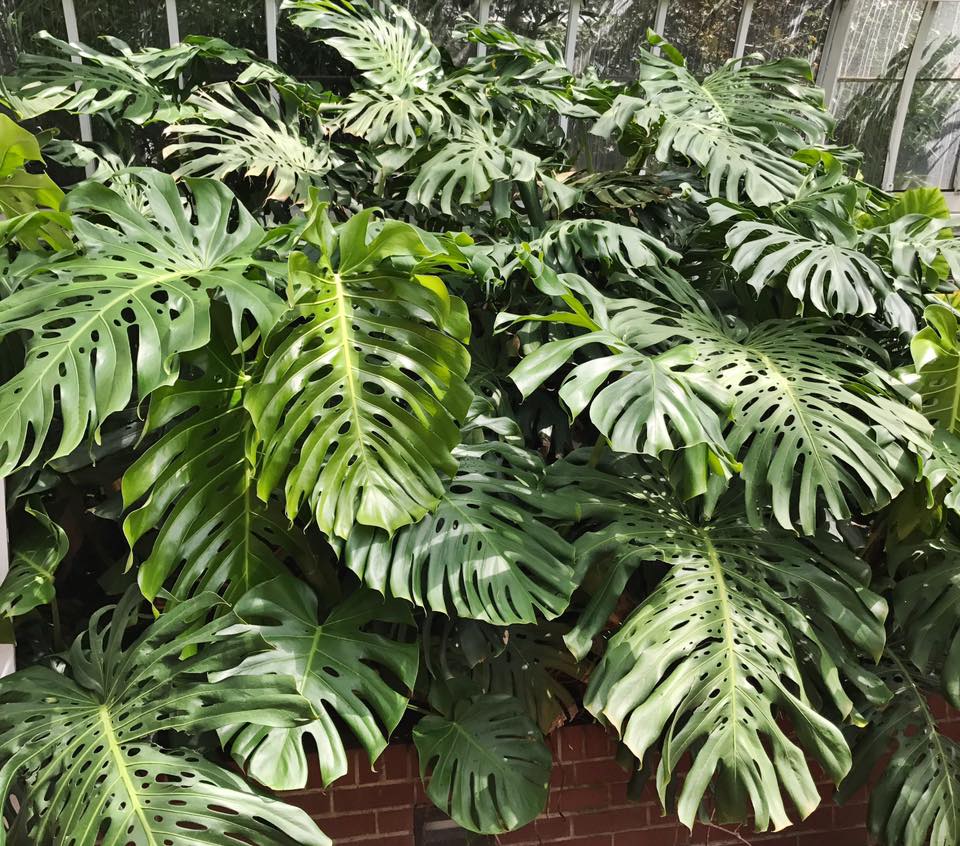
Monstera Deliciosa Care — House Plant Hobbyist
02 of 15 Monstera Acuminata (Monstera Acuminata) Firn / Getty Images If you're lucky enough to find this rare species, it's a great choice for small, tight-for-space apartments or for trailing over hanging baskets. It looks similar to Monstera adansonii, but the foliage and height are more compact. Native Area: South and Central America

Monstera deliciosa Brian's Botanicals
Growing up to 20 feet in the wild, Monstera adansonii are great for climbing up moss poles (or terrariums if you're prepared to trim regularly!) See Monstera adansonii on Etsy. Also commonly referred to as Monstera friedrichsthalii, these easy growing plants are a good starting point for new plant parents.
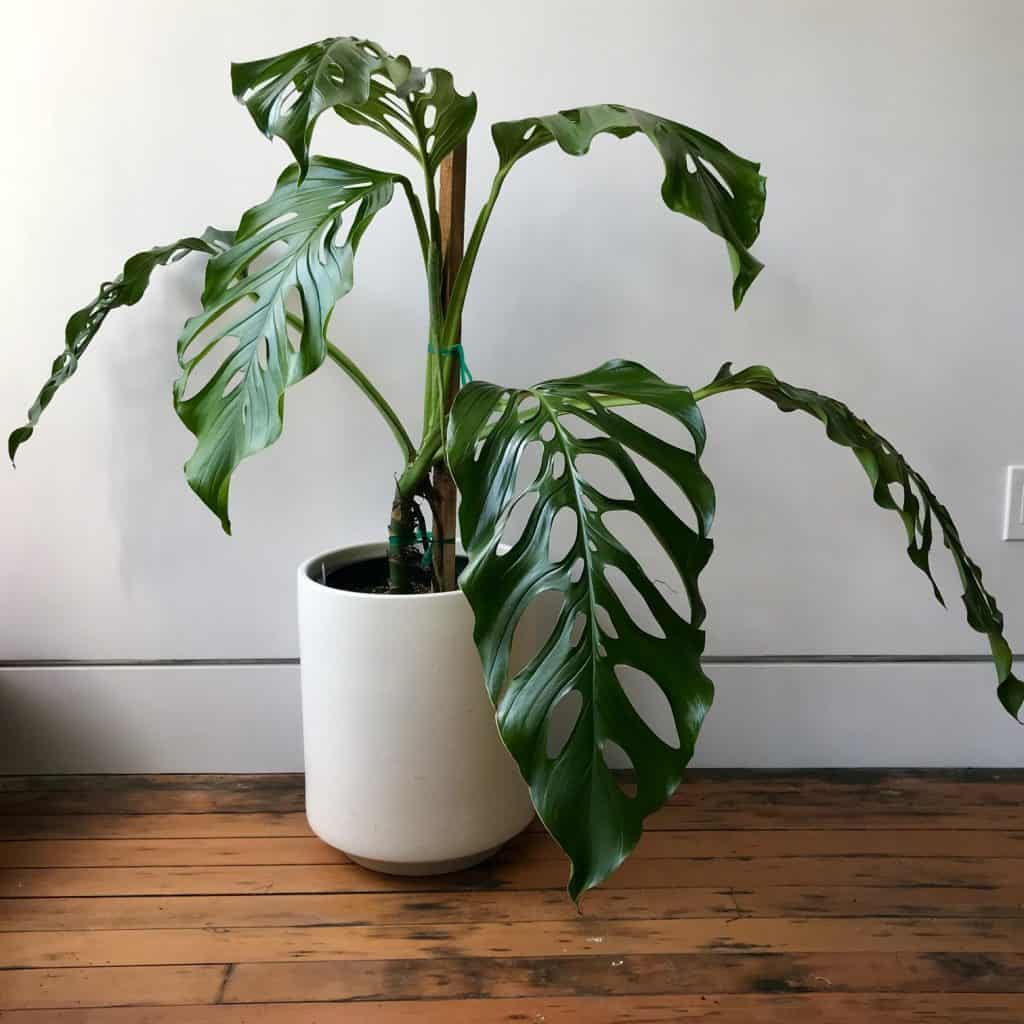
16 Types of Monstera Different Varieties to Grow Paisley Plants
Monstera Albo, also known as Variegated Monstera or Monstera deliciosa Albovariegata, is a stunning and highly sought-after plant known for its unique variegated leaves. In recent years, it has gained tremendous popularity among plant enthusiasts and collectors.
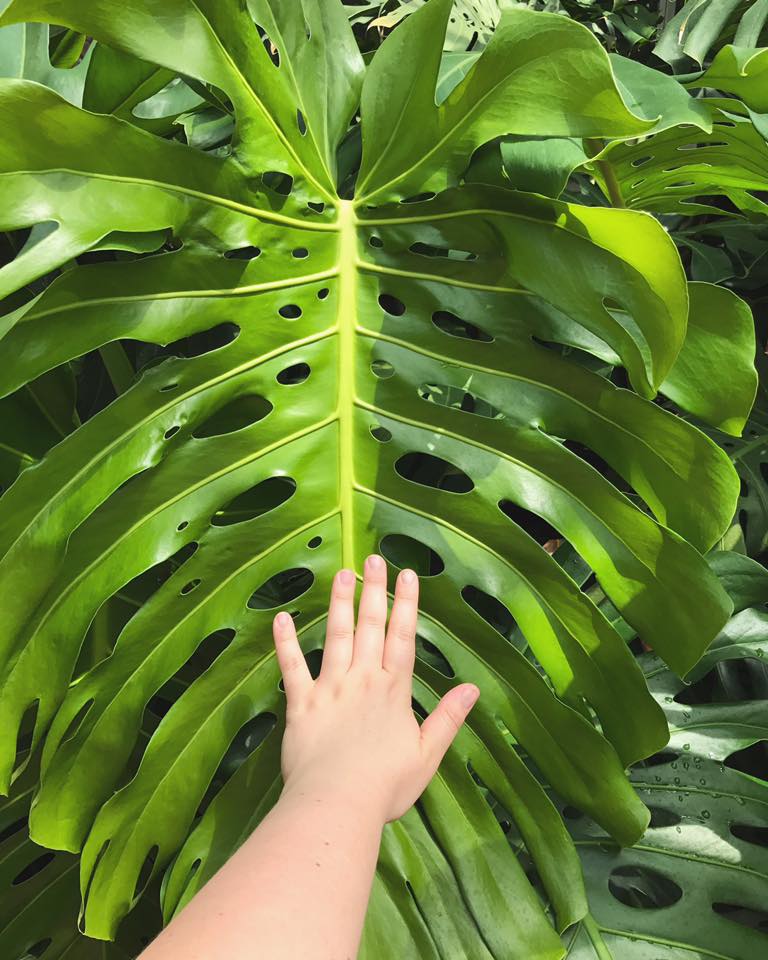
Plant profile Monstera deliciosa — Stamen & Stem
In the wild, Monstera plants like to climb. To encourage your Monstera to climb upwards, you can stake wild offshoots with a dowel or use a moss pole. To trim your Monstera, be sure to use clean, sharp Plant Snips. Monstera Adansonii. LIGHT Your Monstera Adansonii prefers bright indirect light. It can survive in lower light conditions but.
Y'all, for Monstera Monday I just have to show off this VARIEGATED Monstera I found at TRADER
1. Monstera deliciosa in the wild Monstera deliciosa, or Monstera as it's more commonly known, is a tropical plant that's native to the rainforests of Central and South America. It's an evergreen climbing vine that can grow up to 20 feet in length, and its large, glossy leaves make it a popular houseplant.

Monstera deliciosa in the wild🌿 Monstera deliciosa, Monstera, Plants
Monstera in the wild Here are nine popular varieties of Monstera that make great houseplants and are also spectacular to witness when found out in the wild. Perhaps one will speak to your plant-loving heart and you'll be inspired to seek it out the next time you travel! 1. Monstera deliciosa Source: Jacqui Geux (CC BY 4.0)
in the wild! Monstera
Wild Monstera is found in the dense, humid, and lush tropical regions of Central American countries like South Mexico, Belize, Honduras, El Salvador, Costa Rica, and Panama. Finding Monstera in the wild isn't exactly easy, though!

There's something truly special about the way monstera grows in the wild it finds its way up
Monstera Overview Toxic to Pets Pet owners take caution! Monsteras are toxic, but not fatal to cats and dogs. If your furry friend nibbles on one of the leaves, symptoms such as vomiting, trouble swallowing, drooling, and irritation of the mouth, tongue, and lips may occur. Monstera Must-Know Care Tips

monstera in the wild 💫 // 📷ktlindgren Monstera, Plants, Beautiful places
In the wild, Monstera Deliciosa climbs trees using aerial roots. And can reach 70 feet, when supported by a sturdy tree trunk. Monstera deliciosa is known for its large, glossy leaves, which can grow up to 3 feet long and 2 feet wide. The leaves are also perforated with distinct holes, earning it its "Swiss cheese" nickname..

Monstera Bloomscape
Have you ever wondered how they look in the wild? Let us look at what each looks like in their natural habitat. 1. Monstera deliciosa in the wild M. deliciosa (Swiss cheese plant, split-leaf philodendron, ceriman, or Mexican breadfruit) is the most popular Monstera houseplant native to southern Mexico to Panama.

Image result for wild monstera growing on wall Big Indoor Plants, Plant Decor Indoor, House
It is native to Central America and Southern Mexico but can be found growing in many other tropical areas, including the southeastern United States and Hawaii. If you have seen these Monstera deliciosa growing in the wild, you will know that they can be found clinging to trees as high as 70 feet.